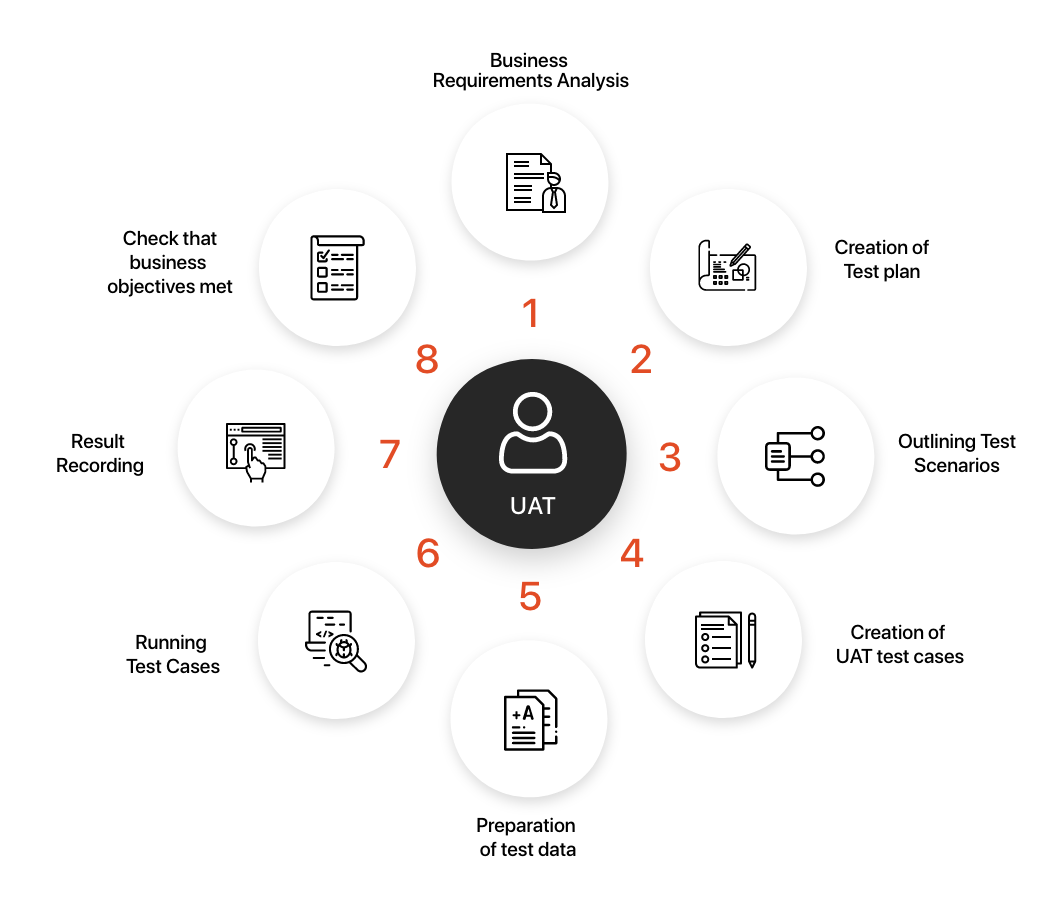All about User Acceptance Testing

If you are ready to learn more about User Acceptance Testing or UAT, this article for you.
“UAT is often used by manufacturers and designers of products and services to ensure that they are fit for purpose.”
The testing is normally carried out by the end user or a client that has specifically ordered a bespoke solution to meet their specific needs. This is often the final stage of the design and production process before the product or services becomes available to the public or the end user that has commissioned it. The stage occurs after functional, integration and system testing. In this article, we will talk about why UAT is so important, the risks of rushing and skipping this stage, how to prepare for it, who should carry out UAT testing, when UAT preparations should begin and the various benefits UAT offers to developers and end users.

IMPORTANCE OF UAT
An essential part of the development stage
Even though it may seem to some that unit, integration and system testing negate the need for UAT, it remains an essential part of the process of readying a product for public or private use. One of the main reasons UAT is so important is because software is often designed around developers’ own interpretation of the requirements. This means a product may not actually fit the needs of the consumer if the requirements have been misinterpreted. It’s also possible that the requirements have been communicated poorly by the client, or that their needs may have changed during the process of development.
PREPARING FOR UAT
Certain requirements need to be met before UAT can take place
The business requirements must be available and the application code must have been developed fully. It’s essential that unit, integration and system testing have already occurred. Any high or medium defects spotted in the system integration test phase must have been resolved. Only cosmetic errors can be accepted before UAT takes place. There must have been no unresolved major defects during the regression testing stage. Any defects that have been identified must have been fixed before the UAT stage, and a traceability matrix for all testing stages must have been completed. The system testing team must have confirmed that the solution is ready for UAT testing.


How should carry out UAT?
It’s vital that UAT is carried out by the intended users of the product or service. In most cases, UAT will occur at the client location. UAT is divided into several stages, and these include analysis of business requirements, the creation of a test plan, outlining of test scenarios, the creation of UAT test cases, the preparation of test data, test case running, result recoding and confirmation that the business objectives have been met.

What kind of documentation is required?
A range of documents are used to create test scenarios. These documents normally include the project charter, process flow diagrams, business requirements documentation and system requirements specification. The UAT test plan includes rules on how to determine whether the application meets the requirements. The test cases require clear steps and need to cover most scenarios. When test data is prepared, it needs to be scrambled to protect confidentiality and privacy. Bugs should be reported if spotted when results are ran and recorded. UAT testers need to sign off on the project after testing takes place. Once the solution has been signed up, the solution can go into production. The solution must be free from critical defects and a sign-off meeting with all stakeholders must take place.

How to choose a UAT tester
When the solution is tested, the test will either be carried out by someone who has asked for the solution to be created or someone who is likely to use the product or software. If the tester fits the latter category, they need to meet several criteria. They should have good knowledge of the market the solution is related to and must have strong analytical and lateral skills. The tester must be representative of the product’s target market.
Start UAT preparations early
If UAT is to be successful, several requirements must be met. The UAT plan must be created at an early stage of the project life cycle. Checklists must be prepared before the UAT stage begins, and a pre-UAT meeting must occur. This normally happens at some point during the system testing phase. The purposes of the UAT must be clear to all stakeholders. A further feedback session often takes place before the production stage.


Simplifying and strengthening the UAT process
A wide range of widely-available tools can be deployed for user acceptance testing. These simplify the process of creating tests and recording the results. The more involved in UAT customers are, the more successful the process tends to be. UAT helps customers know what to expect from the product before they start using it on a regular basis. One of the main advantages of UAT is that can prevent the solution being rejected by the public once it becomes available. Without stringent UAT testing, there’s always a risk that the solution will be deemed unfit for purposes and will need to be redeveloped or scrapped entirely, which can be damaging for the reputation of developers.

What are the key benefits of user acceptance testing?
UAT delivers a whole host of benefits not only for end users and customers but for developers too. There are several risks attached to skipping and rushing the UAT process. Without UAT, you cannot confirm the usability, quality or dependability of a product before it becomes available to end users. UAT validates that the requirements of customers and clients are met and can prevent defects only being detected once the solution has gone into production. It’s much more cost-effective to fix errors during the development stage, as resolving issues during production can be incredibly costly and time-consuming. A key benefit for end users involved in UAT is that they get a head start on getting used to the product before it goes live.
Further risks of skipping UAT
Failing to carry out UAT effectively or at all can present a whole host of further issues. It doesn’t matter how many functional tests are performed if end users aren’t invited to try out the product before it goes into production. Integrating new software into a company or organisation can be a lengthy process, and it may be rejected entirely if it doesn’t fit the needs of the business.
It’s common for faults with solutions to only be identified during the UAT stage. Quality UAT is vital if a solution is to meet the requirements of its end users. Should developers distribute software that isn’t up to scratch, their reputations can suffer a powerful hit, and it can take years to restore their public image if they are ever able to. Other consequences of poorly-executed or non-existent UAT testing can include legal action and wasted resources.
UAT can show companies how the software will benefit them before it is integrated into their business. When UAT is conducted properly, the solution can add vast value to company operations from the moment they start using it. UAT protects developers and end-users from a host of potential pitfalls, smoothens and optimises company operations and protects the reputations of developers. It can enhance the public image of developers as well as the companies that depend on the software, stopping business from grinding to a halt due to previously-unidentified flaws. When UAT is conducted effectively, the benefits are vast for all concerned.

